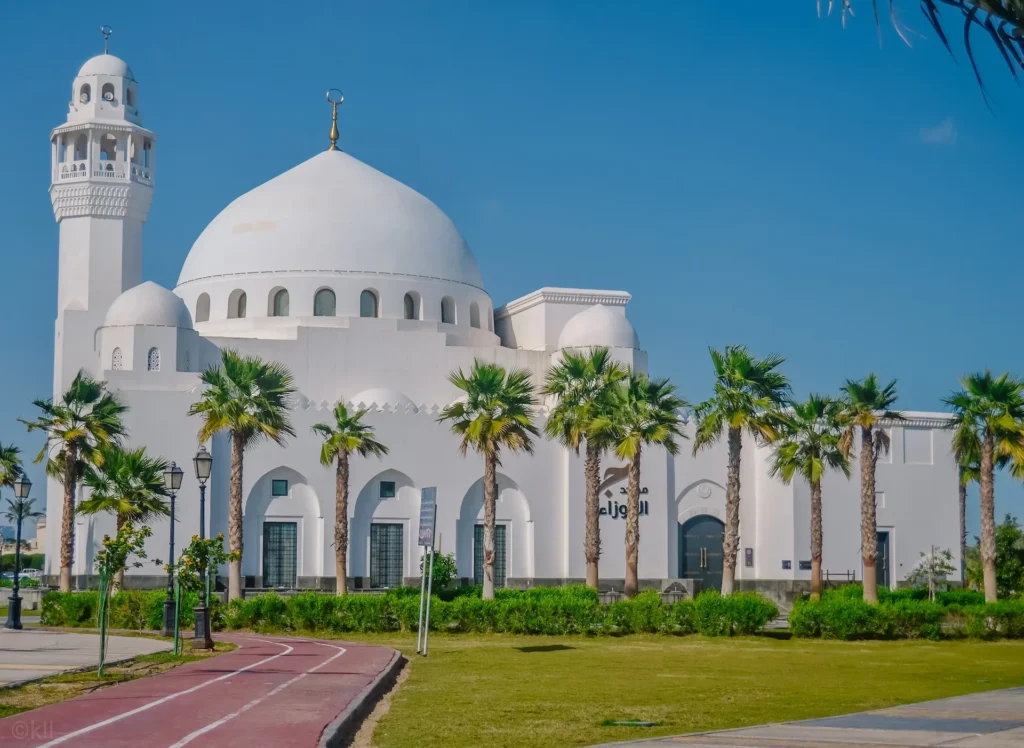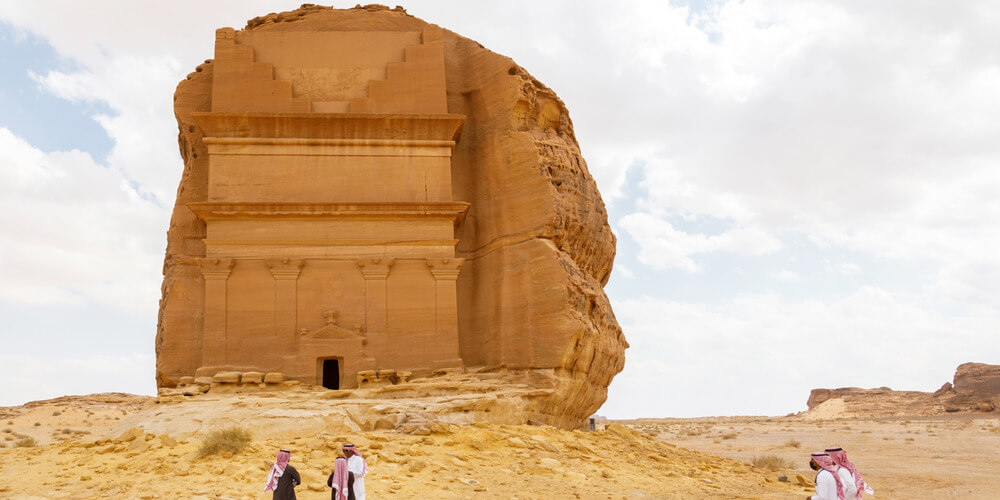Saudi Arabia’s tourism sector is undergoing a dramatic transformation Tourism Investment, and the focus is now expanding beyond the well-known cities of Riyadh and Mecca. Secondary cities such as Taif, Abha, and Yanbu are emerging as the next hotspots for tourism investment. With a growing demand for diverse and unique travel experiences, these lesser-known destinations are becoming an attractive option for investors seeking high returns. According to a recent report by JLL, secondary cities could provide the best return on investment in the Saudi Arabian tourism sector over the coming years.
The Growing Potential of Secondary Cities
Saudi Arabia’s Vision 2030 initiative, which aims to diversify the economy and reduce reliance on oil revenues, has placed the tourism sector at the forefront of the country’s development plans. The Kingdom is targeting 150 million visitors annually by 2030, significantly increasing its tourism footprint from previous goals. To achieve this ambitious target, the Saudi government is investing $110 billion in tourism infrastructure, including the development of over 360,000 hotel rooms.

While major cities like Riyadh and Mecca remain central to Saudi Arabia’s tourism landscape, secondary cities have begun to show tremendous potential. Cities such as Taif, located near Mecca, and Abha, nestled in the southern Asir region, are attracting growing numbers of visitors due to their distinct cultures, scenic beauty, and more laid-back atmospheres compared to the bustling urban centers of Riyadh and Jeddah.
Why Secondary Cities Are Gaining Attention
The demand for tourism in secondary cities is increasing rapidly, thanks in part to their unique offerings and relative accessibility. Cities like Taif are known for their cool climate and historical significance, making them popular spots for domestic and international tourists. Similarly, Abha is gaining recognition for its stunning mountain landscapes, traditional architecture, and cooler temperatures, which offer a welcome escape from the scorching desert heat typical of other parts of the Kingdom.
One of the key factors driving investment in secondary cities is the opportunity for high returns on investment. JLL’s report highlights that the average annual growth rate of revenue per available room (RevPAR) in Saudi Arabia has been impressive—around 9% since 2019. The Middle East and North Africa region as a whole has also seen the strongest RevPAR growth globally during this period. As the tourism sector in the Kingdom grows, secondary cities are poised to benefit from these favorable trends, with the potential for higher returns due to lower initial investment costs, reduced competition, and more opportunities for growth.
Government Support and Infrastructure Development
The Saudi government is taking active steps to support the growth of tourism, particularly in its secondary cities. Several large-scale infrastructure projects are underway to improve connectivity and accessibility across the Kingdom. New airports, expanded roadways, and enhanced public transportation systems will make it easier for both domestic and international tourists to explore these emerging destinations.
Additionally, the Saudi government has launched initiatives to encourage tourism in these regions. For example, the upcoming 2029 Asian Winter Games, the 2030 Riyadh Expo, and the 2034 FIFA World Cup are expected to significantly boost demand for accommodations and services in various cities throughout the country, including secondary cities. As the country prepares to host these major global events, the tourism sector is expected to benefit from the resulting increase in visitor numbers.
Investment Opportunities in Secondary Cities
For investors looking to capitalize on the growth of Saudi Arabia’s tourism sector, secondary cities present several lucrative opportunities. Here are a few cities that offer unique investment prospects:
- Taif: Known for its pleasant climate, Taif has long been a popular destination for Saudis seeking respite from the heat of the desert. The city is also home to the annual Souk Okaz cultural festival, which attracts thousands of visitors each year. With a mix of rich history and modern infrastructure, Taif offers opportunities for investment in both hospitality and cultural tourism.
- Abha: Situated in the Asir region, Abha boasts stunning natural beauty, including the towering peaks of the Asir Mountains and lush green landscapes that are rare in much of Saudi Arabia. The city is also home to the famous Al-Soudah Park and a range of traditional markets and cultural sites. Abha’s cooler climate, combined with its growing popularity as a tourist destination, makes it a prime location for investment in hotels, resorts, and eco-tourism ventures.
- Yanbu: Located on the Red Sea coast, Yanbu is a city known for its pristine beaches and crystal-clear waters. The city is becoming increasingly popular among tourists seeking diving experiences, water sports, and coastal resorts. The growing demand for coastal tourism presents a significant opportunity for investments in beachfront resorts, lifestyle hotels, and marine activities.
These cities are not only diverse in their attractions but also cater to a broad range of travelers—from budget-conscious tourists to luxury seekers. Investors can explore opportunities in the hospitality, retail, and entertainment sectors, developing both mid-range accommodations and high-end resorts. As secondary cities continue to grow in prominence, they will become key players in the overall expansion of Saudi Arabia’s tourism industry.
The Future of Saudi Arabia’s Tourism Sector
As Saudi Arabia moves closer to its Vision 2030 goals, the tourism sector will continue to play an increasingly vital role in the Kingdom’s economic diversification efforts. Secondary cities are expected to play an essential part in this vision, helping to distribute the growing number of tourists across a wider geographical area and alleviate pressure on more crowded destinations.
With government initiatives, improved infrastructure, and rising demand for unique travel experiences, secondary cities are set to become the new focal points for tourism investment. Investors who act now to develop properties and services in these regions stand to benefit from significant returns as these cities become more accessible and sought-after by tourists.
The Kingdom’s tourism industry is on an upward trajectory, and secondary cities are poised to deliver some of the best returns on investment in the years ahead. By diversifying their portfolios and targeting these emerging destinations, investors can secure a stake in one of the most exciting growth markets in the world today.
Conclusion
Saudi Arabia’s secondary cities present a unique opportunity for investors seeking high returns in a growing tourism sector. With the government’s ongoing support, infrastructure development, and the rising demand for diverse tourism experiences, these cities are poised to become the next big thing in Saudi Arabia’s tourism industry. As the Kingdom works toward achieving its Vision 2030 objectives, secondary cities will play a crucial role in transforming the country into a global tourism hub. Investors who recognize the potential of these emerging destinations will have the chance to be part of this exciting transformation and reap the rewards for years to come.



